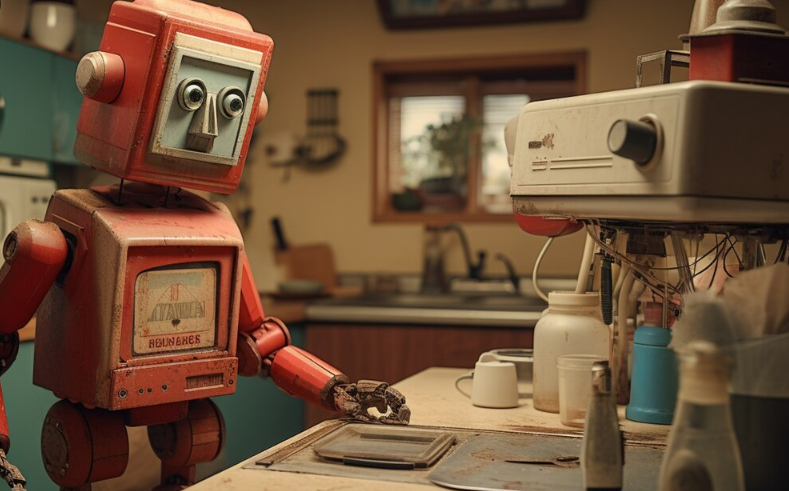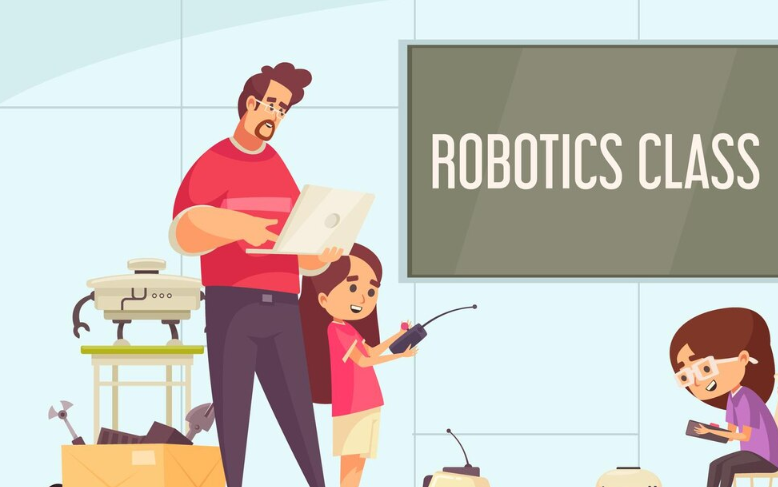Imagine walking into a clinic, getting a scan of your damaged organ, and walking out a few days later with a brand-new, lab-grown replacement—custom-designed, digitally modeled, and 3D-printed just for you. This isn’t a scene from a sci-fi movie; it’s the frontier of digital biology, where code, cells, and printers come together to create printable life.
What Are Digital Organs?
Digital organs are virtual models of human organs—accurate down to the cellular and molecular level. These models are more than just anatomical references. They simulate how an organ functions, how it reacts to drugs, or how it deteriorates over time.
These virtual replicas are used for:
- Medical training without real cadavers
- Simulating diseases for drug testing
- Personalized medicine, where treatments are tested on a virtual twin of the patient
Think of them as biological twins in code, capable of evolving alongside their physical counterparts.
From Bytes to Bioprints
But digital organs are only half of the story. The other half is bioprinting—the 3D printing of living tissues using bioinks made of cells and biomaterials.
Just like a traditional printer uses ink and paper, a bioprinter uses:
- Stem cells as raw material
- Hydrogels as structural scaffolding
- Digital blueprints to control shape and function
The goal? To print tissues and organs that are biologically functional and patient-specific.
Use Cases: From Labs to Lives
The combination of digital modeling and bioprinting is already reshaping medicine:
- Skin printing for burn victims
- Cartilage patches for joint repair
- Mini-organs (“organoids”) for drug testing and disease research
- Kidney and liver tissues for transplantation trials
While fully functional, transplant-ready organs are still in development, we’re getting closer each year.
The Code of Life, Literally
What makes this revolution unique is the fusion of biology and code. Researchers are designing organs like software—mapping cell types, defining tissue geometry, and simulating fluid dynamics. Machine learning is also being used to optimize organ designs that would be impossible to create manually.
We are witnessing the dawn of bio-CAD: computer-aided design, but for living things.
Ethical Considerations
With such powerful tools come profound questions:
- Should we print enhancements, not just replacements?
- Who owns the digital blueprint of a printed organ—patient, doctor, or designer?
- Could black-market bioprinting become a future threat?
As we digitize life itself, we must rethink ideas around identity, ownership, and even mortality.
A Glimpse Into the Future
Fast forward a decade: surgeries will involve uploading files, organs will be backed up on cloud servers, and synthetic biology will blend with digital fabrication. Life will no longer be just inherited—it will be designed, downloaded, and printed.
The printer is no longer a tool of convenience. In the age of printable life, it becomes an instrument of creation.


